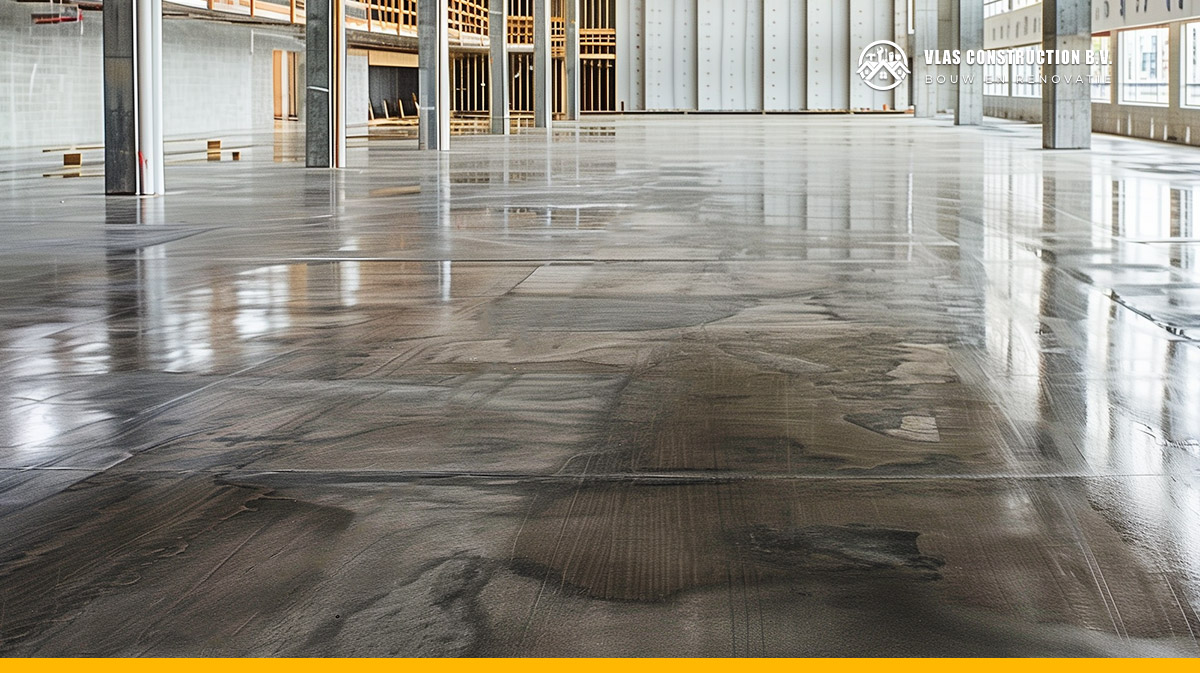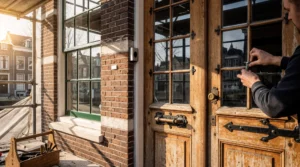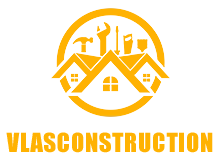Elevating Sustainable Construction: Exploring Foam Concrete Services in the Netherlands
The Netherlands has long been a pioneer in sustainable construction, driven by stringent environmental regulations, innovative engineering, and a societal commitment to reducing carbon footprints. Amid this progressive landscape, foam concrete (or aerated concrete) has emerged as a transformative material, redefining modern building practices. Vlas Construction stands at the forefront of this revolution, delivering cutting-edge foam concrete solutions that harmonize structural integrity, energy efficiency, and ecological responsibility.
Understanding Foam Concrete: Composition and Innovation
Foam concrete is a lightweight, cement-based material infused with uniformly distributed air bubbles, typically comprising cement, water, and a foaming agent. This unique composition results in a low-density product that retains the durability of traditional concrete while offering enhanced thermal and acoustic properties. Its adaptability and eco-friendly profile align seamlessly with the Netherlands’ ambitious sustainability goals, such as achieving a 55% reduction in greenhouse gas emissions by 2030 and fostering circular economy principles in construction.
Advantages of Foam Concrete: A Multifaceted Solution for Modern Challenges
The adoption of foam concrete in Dutch construction projects is underpinned by its unparalleled benefits:
- Superior Thermal Insulation
The air-entrained structure of foam concrete provides exceptional thermal resistance (up to 0.25 W/m·K), significantly reducing heating and cooling demands. This aligns with the Netherlands’ Energieprestatiecoëfficiënt (EPC) standards, which mandate near-zero energy consumption for new buildings by 2025. - Structural Efficiency
Despite its lightweight nature (400–1,600 kg/m³), foam concrete boasts compressive strengths of 1–25 MPa, making it ideal for foundations, partitions, and load-bearing walls. Its reduced weight minimizes structural load, enabling cost savings in foundational support and transportation. - Fire and Moisture Resistance
With a fire rating of up to 4 hours, foam concrete enhances building safety, while its porous structure mitigates moisture accumulation—a critical feature in the Netherlands’ humid climate—preventing mold growth and improving indoor air quality. - Environmental Sustainability
Foam concrete’s production process generates 30–50% less CO₂ compared to traditional concrete. Additionally, its recyclability supports circular construction practices, a cornerstone of Dutch environmental policy. - Cost and Time Efficiency
The material’s ease of installation and minimal waste generation streamline project timelines, reducing labor costs by up to 20%, as reported by the Dutch Green Building Council.
Strategic Applications of Foam Concrete in Dutch Construction
Foam concrete’s versatility makes it indispensable across diverse projects:
- Residential Developments: From energy-efficient single-family homes in Amsterdam’s Nieuw-West to large-scale apartment complexes in Rotterdam, foam concrete ensures compliance with BENG (Nearly Energy-Neutral Building) norms.
- Infrastructure Projects: Lightweight foundations for bridges and dykes leverage foam concrete’s buoyancy and durability, crucial in flood-prone regions.
- Retrofitting Historic Buildings: Its minimal weight reduces stress on aging structures, enabling sustainable upgrades without compromising heritage integrity.
- Commercial Spaces: Offices and industrial facilities benefit from its acoustic insulation, enhancing workplace comfort while lowering operational costs.
Vlas Construction: Your Partner in Foam Concrete Excellence
At Vlas Construction, we combine technical expertise with a deep understanding of Dutch regulatory frameworks to deliver tailored foam concrete solutions. Our services include:
- Customized Material Engineering
Our R&D team formulates site-specific mixes optimized for thermal performance, load capacity, and environmental conditions, ensuring adherence to NEN (Dutch Standards) and EU building codes. - End-to-End Project Management
From initial consultation to precision installation, we oversee every phase, utilizing advanced machinery for seamless application in complex geometries. - Sustainability Audits
We conduct lifecycle assessments to quantify carbon savings and align projects with MPG (Environmental Cost Indicator) requirements, maximizing eligibility for green subsidies. - Collaborative Partnerships
Working alongside architects, developers, and municipalities, we integrate foam concrete into holistic designs that prioritize energy neutrality and resource efficiency.
The Dutch Imperative: Why Foam Concrete is a National Priority
The Netherlands’ commitment to sustainable urbanization is evident in initiatives like the “Green Deal” and Rotterdam Climate Initiative. Foam concrete directly supports these goals by:
- Reducing embodied carbon in buildings by up to 40% (Source: CBS Netherlands).
- Enhancing energy performance to meet the Paris Agreement targets.
- Minimizing construction waste, with 95% recyclability rates reported in recent pilot projects.
Pioneering a Greener Future with Foam Concrete
Choosing foam concrete is not merely a construction decision—it’s a strategic investment in resilience and sustainability. By adopting this material, stakeholders contribute to the Netherlands’ vision of carbon-neutral cities while future-proofing assets against rising energy costs and regulatory shifts.
Embark on Your Sustainable Journey Today
Vlas Construction is dedicated to empowering your projects with innovative foam concrete solutions. Whether you’re designing a zero-energy home, retrofitting a historic landmark, or developing smart urban infrastructure, our expertise ensures unparalleled quality and compliance.
Contact Vlas Construction for a comprehensive consultation and discover how foam concrete can elevate your next project. Together, let’s build a sustainable legacy for generations to come.








